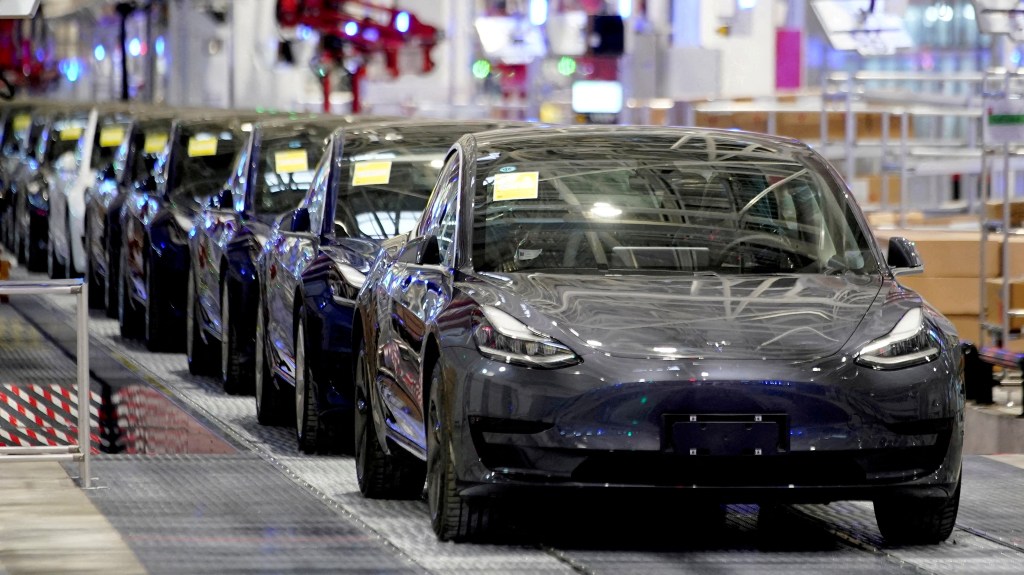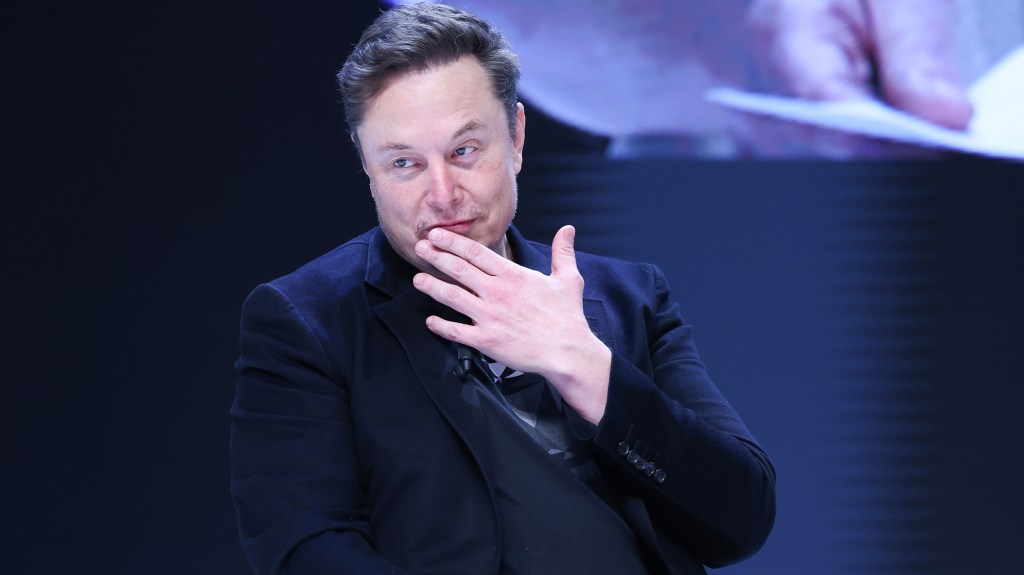Will Increased Employment Costs Drive Firms to Boost Productivity?
Six weeks have passed since the unveiling of Rachel Reeves’s budget, and it continues to draw negative attention, an unusual occurrence for such a time span. Typically, budgets that attract criticism on release find favor several months later; however, the budget scheduled for October 30 is likely to face ongoing scrutiny, especially as its most significant tax increase—the rise in employers’ national insurance (NI)—takes effect.
We can expect the latest monthly GDP (gross domestic product) statistics at the end of this week. While these figures will pertain to October and won’t offer a comprehensive analysis of the budget’s impact, they will reflect the prevailing pessimism fostered by the government leading up to the budget. The true economic picture for November’s GDP will emerge next month, with fourth-quarter projections getting downgraded and not available until February.
As pointed out recently, it would have made sense for the chancellor to distribute the tax burden by rolling back some or all of Jeremy Hunt’s pre-election cuts to employee NI while considering a more modest increase in employer NI.
However, this approach was not taken, and the resulting outcomes are evident. A report from the Recruitment and Employment Confederation showed a significant decrease in permanent job placements and a fifth consecutive decline in temporary placements, indicating the steepest drop in staff demand in four years.
Amidst these challenges, one could seek positive perspectives, as was suggested to me recently. The government’s substantial rise in employment costs—through the NI increase, a notably higher national living wage (previously minimum wage), and enhanced worker rights—prompted companies to reassess their hiring strategies.
The crux of the issue lies in whether heightened employment costs will steer businesses toward increased capital investments, such as automation. If so, could the government’s policies, albeit unintentionally, address the UK’s long-standing productivity woes? Notably, France, which boasts significantly higher productivity than the UK, partially achieves this due to elevated hiring costs and accompanying bureaucracy.
It’s indisputable that the UK faces a dire need for productivity improvements. The latest data reveals that the central productivity measure—output per hour worked—has declined for four consecutive quarters, dropping 1.8 percent year-on-year. Once a standard annual increase of 2 percent was expected, current trends are moving in the contrary direction.
Further troubling statistics from the Office for National Statistics indicate that 70.9 percent of workers are employed by firms with productivity rates below the national average. In contrast, the top 10 percent of firms, deemed frontier firms, are responsible for the majority of the modest productivity growth observed in recent years.
The pivotal question remains: can a substantial increase in employment taxes and wage costs push firms toward enhancing productivity? Is it feasible for them to produce greater output, or add value, while maintaining or reducing workforce levels? This intriguing proposition is crucial for improving overall living standards.
Nonetheless, several challenges need addressing. Although comparisons with France are valid, it’s important to note that French businesses invest significantly more than those in the UK. Business investments in France account for over 14 percent of GDP, in contrast to just 10 percent in the UK, underscoring France’s productivity advantage. French workers benefit from better access to capital and tools.
To bridge this productivity gap, UK businesses must ramp up their investments. Unfortunately, the Office for Budget Responsibility has revised its projections for business investment downward following the budget announcement. The increase in costs and the potential crowding out effect of rising public sector investments could hinder private sector capital expenditure, the office indicated.
However, there is still hope. A recent KPMG survey involving 1,500 small and medium enterprises conveyed a more optimistic outlook than anticipated post-budget, with 92 percent expressing confidence for 2025. Moreover, the survey revealed a majority of businesses plan to invest in technology to enhance efficiency due to rising operational costs.
Challenges remain, particularly in industries that employ numerous part-time and lower-paid workers, including hospitality and retail. For these sectors, the NI increase poses a significant challenge, complicating their paths toward enhanced productivity. Notably, the salary threshold for NI contributions has been lowered from £9,100 to £5,000, hitting smaller firms hard. The government counters this by asserting that many smaller enterprises will benefit from a more generous employment allowance to mitigate higher NI costs.
A further complication arises regarding the notion that elevated employment taxes will spur stronger productivity growth across the board; a substantial issue lies in public sector productivity, which official statistics indicate is 8.5 percent lower than pre-pandemic levels—and even lower than figures from 1997, more than 25 years ago. While this reality appears grim, it reflects current data.
The public sector, however, will not face the same NI shock confronting private enterprises, necessitating that productivity enhancements emerge from alternative sources. Reeves has committed to employing an “iron fist” approach in upcoming negotiations for the 2026-29 public spending review, demanding a 5 percent efficiency savings and productivity gains across all sectors. Plans will be scrutinized by private sector “challenge panels.”
A dose of skepticism is warranted. Historically, every chancellor, influenced by the Treasury, has vowed to enhance public sector efficiency and productivity. The crucial query is whether Reeves can achieve what others have not.
David Smith serves as Economics Editor for The Sunday Times.




Post Comment